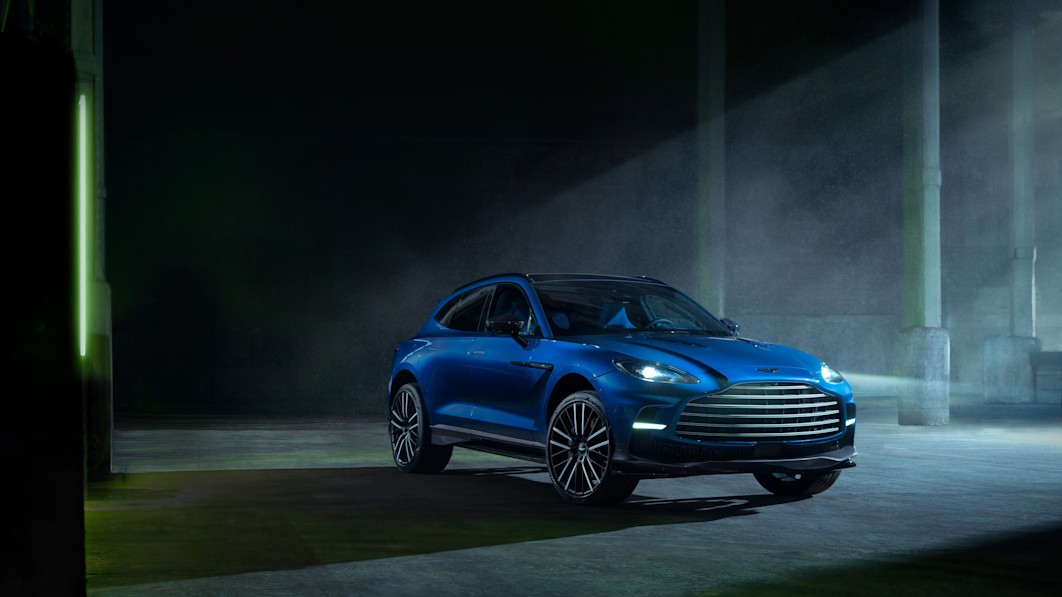Aston Martin's front-engined sports cars getting big upgrades for 2023

On an investor call in March 2021 to go over financial results for the year 2020, Aston Martin CEO Tobias Moers told listeners that the automaker’s range of front-engined cars were going under various knives to get a “full refresh.” At last, thanks to voluminous commentary provided at the launch of Aston Martin’s AMR22 Formula 1 car, we have some idea of what Moers’ meant. When Autocar spoke to carmaker CEO Lawrence Stroll, he told the outlet the DB11, DBS, and Vantage were going to be like “all-new cars” after receiving upgraded powertrains, suspensions, and infotainment systems. It sounds like there could be design tweaks in store as well, the honcho claiming, “There’s no similarity at all to the current cars” save for “some carry-over” in the rear quarters.
Autocar believes the AMG-sourced M177 twin-turbo 4.0-liter V8 in the DB11 and Vantage will get more power, both of those coupes furnished with 503 horses from that mill at the moment. Meanwhile, the AMG GT 63 S four-door coupe is getting 630 horses from the same engine, more than the 600 hp Aston Martin elicits from its in-house, 5.2-liter V12. It will be interesting to see if the V12 is pushed further in order to retain the same daylight between it and the V8. Alongside this, Stoll told Bloomberg the next 18 to 24 months will bring us electrified versions of the entire model portfolio. The DBX will likely come first, in the next 18 months, with performance that will match or exceed the recently launched DBX707. The hybridized “front-engine program” will follow on its quad pipes.
The interiors will take a luxurious step up thanks to the arrival of touchscreens. Before the English firm’s tie-up with AMG, it used Volvo-sourced infotainment screens, a necessary cost-saving measure but one that wasn’t up to the standards of the brand. Moving to the Mercedes-based system improved the perception, but Aston Martin had to agree to using three-year-old Mercedes technology, another move that didn’t fit the standards of the brand. As Stroll asked rhetorically yet rightly, “How can you have an Aston Martin that sells for £150,000 with three-year-old technology?” To be clear, we’re still taking about underlying Mercedes tech, but the up-to-date stuff that, furthermore, will issue directives with “a proper English accent.”
The results of the upgrade program are anticipated to reach dealer in 2023, perhaps as 2024 models.
The only hiccup remains the Valkyrie, the Financial Times reporting on Stroll’s admission the company can’t build the ridiculously racy hypercar as quickly as it would like. The carbon fiber monocoque alone takes six weeks to fabricate. “Everything has been resolved, but they’re taking a little longer to build because we want them perfect…. We have a complexity issue in building the car. We overestimated the amount of cars we could build until we started building.”
Otherwise, Aston Martin has finally balanced production with demand after spending the last ten months only building cars to order, the new Formula 1 race factory is being built, the company is engaged in talks with UK battery maker Britishvolt to provide packs for its range of electric cars that will start arriving in 2025, and cash flow is positive, Stroll stressing, “We do not need money, and car sales are on track” to deliver real profits come 2023.
Related video:







